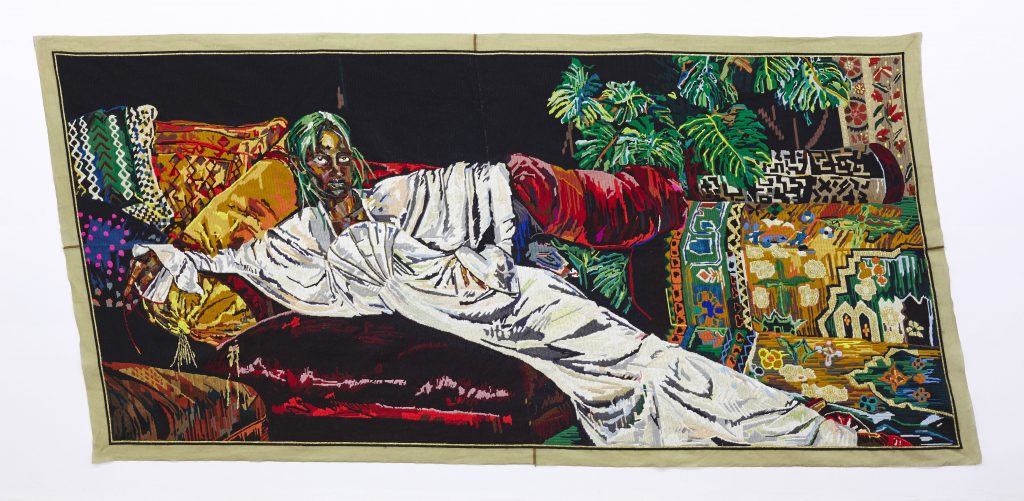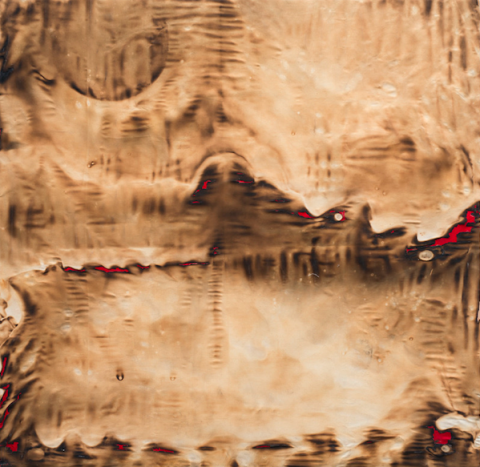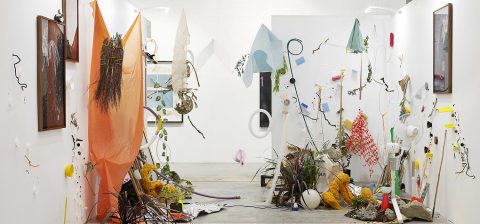SA Home Owner Art
Price VS. Value
In these times of uncertainty and economic volatility, deciding where to invest your money is tricky business. Finding the balance between risk and reward is crucial and comes down to being informed. Take art, for instance. As intimidating as it may seem for first-time buyers, investing in art is a great way to diversify your portfolio and if done wisely, can reap good returns.
But what even is a “good return” when it comes to buying and selling art? To answer that question, it’s important to first understand what constitutes an art object’s value.
Primary market value: gallery tax
When an artwork is first sold to a buyer, either from the artist or through a gallery, this is known as the primary market.
Buying from a gallery may be more expensive than purchasing directly from an artist, but as art consultant Alexia Walker explains, you’re getting more than just the piece itself. “When you buy an artwork from a gallery, you pay for research and development, manufacturing, marketing and distribution. So all of these costs have to be taken into consideration,” says Walker.
To further illustrate her point, Walker compares this process to buying a new car. “When I buy an artwork from a gallery, the moment I leave the floor it’s already devalued. I know there’s no way the next day I’d get the same price for it.”
Unlike a vehicle, however, artwork does not necessarily devalue over time. It all comes down to the trajectory of an artist’s career.
Secondary market value: tiers of career
The appreciation of an artwork is determined either by the artist’s gallery, or what it sells for at an auction, which we call the secondary market. It takes time, however, before an artwork’s primary market value catches up to the secondary market.
“For me, once the price catches up, you move from being an emerging artist to an established artist,” says Walker. “Then it becomes about which institutions have bought that artist, where internationally they’ve exhibited, as well as acquisitions and high-profile prizes too.”
Matthew Partridge, senior art specialist at Strauss and Co. auction house, adds precedent to that list. By going through the records of works traded on the secondary market, auction houses are able to fairly assess the value of a piece.
“We have three objective criteria: an object of a similar size, similar subject matter and medium,” says Partridge. “The fourth subjective criteria is where it’s a good example of the artist’s productions.”
In instances where an artist hasn’t sold yet on the secondary market, the auction house will determine value based on its current gallery price. “The secondary market estimates are always a bit less than what the gallery charges,” says Partridge. “That’s how we value new artists to market.”
Economics of value: demand vs. supply
“Artworks are unique, it’s not like, say, jewellery where with demand, you can expand the offer or supply,” says Walker. This particular quality of artwork is another key factor in determining value.
At auctions, this dynamic is amplified if dealing with a rare example of an artist’s work, or if it hasn’t been seen on the market for a while. “There’s something about it being fresh in the market,” says Partridge. “People have that hungry desire to own something that’s unique.”






 Sign-up and receive the Business Media MAGS newsletter OR SA Mining newsletter straight to your inbox.
Sign-up and receive the Business Media MAGS newsletter OR SA Mining newsletter straight to your inbox.